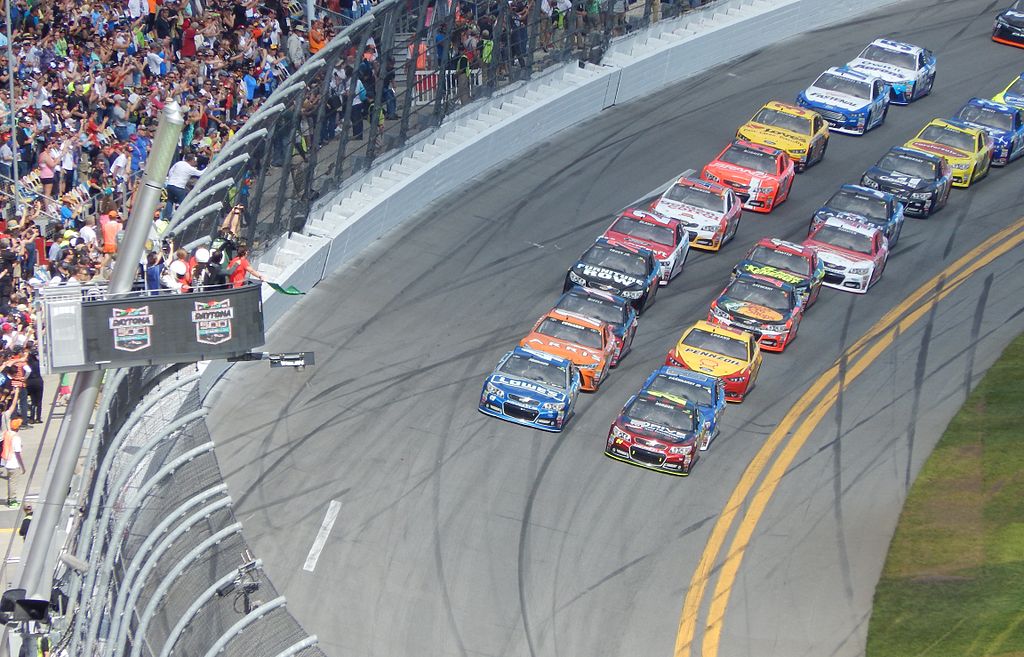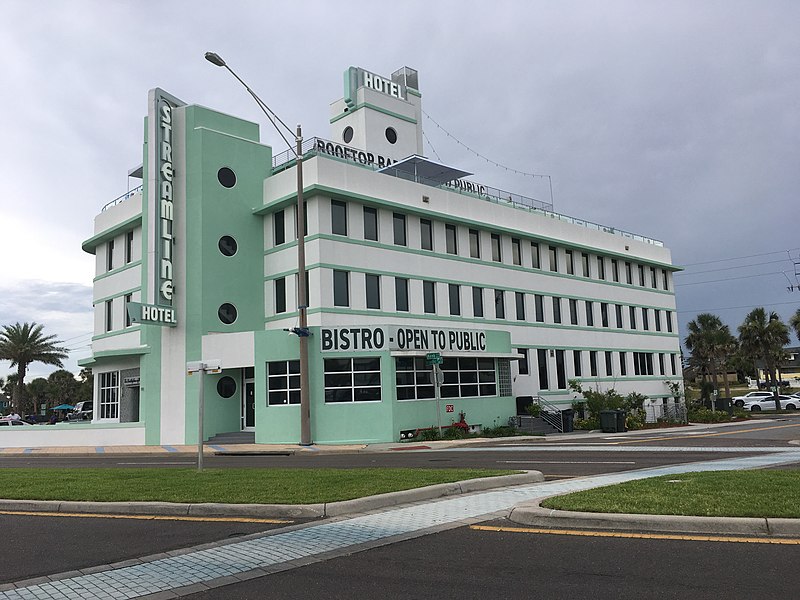NASCAR is one of the world’s biggest sporting events, garnering millions of fans for decades since its first establishment in the late 1940s. Interestingly, the elite auto racing, with all its popularity and viewership, offers a rather curious backstory.
WHERE IT ALL STARTED
It all began in 1919 – 1920 when the Volstead Act prohibited the manufacture and sale of alcoholic beverages in the United States (U.S.). This, however, did not compel people to just abide by the law and stay dry in the following decades. It instead created an underground sale of bootleg whiskeys from the Appalachian region of the U.S.
During that time, the police were on the lookout for illegal transportation of the banned goods. Still, bootleggers were creative: They took ordinary-looking vehicles as ‘camouflage’ so as not to draw attention from the authorities, and they modified the engines so that when things go south and cops start chasing them, they can easily outrun the police the cars.
BOYS WILL BE BOYS
Cars are like toys for big boys, and this was true even during that time. Cars that are once used just for transporting bootleg liquors eventually involved sophisticated designs and improved engines. This lead people to challenge one another in a race to prove their toy’s supremacy. For years, this went on even after the Prohibition was repealed in 1933, as more illegal racing was held. In the 1940s, these car races became a source of entertainment as well as pride and profit,
DAYTONA BEACH
With its wide beach and smooth, tightly packed sand, Daytona Beach became one of the first ‘official’ tracks for the then working-class sport. In 1903, the location held a historical event when the race between Ransom Olds and Alexander Winton set 15 records between 1905 and 1935. During these years, the Daytona Beach Road Course became a preferred location for setting land speed records, supplanting Belgium and France.
FOUNDING OF NASCAR
Crucial to the institutionalizing of NASCAR was the mechanic, William France Sr. France was familiar with the race events and land speed record attempts in the area and actually entered a Daytona event himself in 1936, finishing fifth. He noticed a growing viewership of stock car racing but was completely disappointed with the chaotic rules and guidelines of the event and some of the race promoters who would scam drivers, leaving them unpaid once the event is done. In 1938, he took over running the course and connected with other influential promoters and racers. The man began the talks with his colleagues at the Streamline Hotel in Daytona Beach, Florida, on December 14, 1947, which concluded to the National Association for Stock Car Auto Racing (NASCAR) formation on February 2, 1948.
NASCAR’S EVOLUTION
As NASCAR raced closer to the spotlight in 1950, it opened the Darlington Raceway in South Carolina dedicated to it entirely. The Daytona International Speedway began to operate and hosted the first Daytona 500. It had since been the most looked forward event in the NASCAR calendar.
One important milestone in NASCAR’s evolution happened in 1979 — the broadcasting of the Daytona 500 on television. This gave NASCAR enough publicity to open opportunities to operate on tracks throughout the U.S. NASCAR went from being a local event to a national entertainment.
Gaining such popularity also came with criticisms as some fans started to question both the drivers’ and spectators’ safety and welfare.
UPGRADES
Innovations have been made to improve the overall racing experience of NASCAR racers. In terms of driver safety, cars were designed to facilitate comfort and to mitigate damages should accidents such as a crash or engine failure happen. Back in the early days of NASCAR racing, crashes are guaranteed catastrophic to the life of the drive if not fatal.
These upgrades now ensured that the driver has a higher chance of taking less damage during crashes. Aside from improvements in car design, the tracks were also innovated and redesigned to protect the spectators.
TRACK SAFETY
NASCAR tracks involve SAFER (Steel and Foam Energy Reduction) barriers designed especially for oval track racing. These barriers are made to absorb force and disperse them instead of repelling them back to the car during crashes. The first track to be designed with SAFER is the Iowa Speedway in 2006.
UPGRADED CAR FEATURES
Another clever innovation on the stock car features were the HANS (Hand-and-Neck Support) devices. These serve as a head restraint, securing the helmet to the driver’s body. The device protects the head from injuries caused by impact.
Seats were also redesigned with the racer’s safety in mind. Most are commonly constructed to wrap around the ribcage and shoulders to shield the driver’s vital parts. The seats also provide comfort while giving a layer of protection during untoward incidents. For instance, carbon fiber seats absorb and disperse incoming force caused by impact.
Redesigned seatbelts were also an integral part of the racers’ safety. Single central easy-release latch seatbelts are now widely used. These easy-to-use but sturdy seatbelts let the driver exit the vehicle quickly during emergencies.
Stock cars in NASCAR feature window nets to protect drivers from being hit by flying debris and prevent them from being catapulted out of the vehicle during crashes.
NASCAR racers put on fire-resistant suits, which are way cooler than they look. These suits, which include heatproof shoes, protect the driver from high temperatures.
RACING FORWARD
The year 2000 onwards has been a continuous growth for NASCAR. In 2003, NASCAR announced the NASCAR Research and Development Center in Concord, N.C. NASCAR began its first season under Nextel, hence, the former NASCAR NEXTEL CUP.
In December 2016, NASCAR signed a multi-year agreement with Monster Energy for the premier series entitlement and the annual NASCAR All-Star Race. Monster Energy became NASCAR’s naming rights partner in January of the following year. In the same year, NASCAR introduced a new three-stage racing format across all three national series racing. In 2018, NASCAR acquired the Automobile Racing Club of America, in a move ‘to strengthen a relationship that dates back more than 60 years’.
RACING INTO THE UNKNOWN
Since NASCAR was founded, it has grown, innovated, and occupied the mainstream entertainment. However, nothing lasts forever. Famous NASCAR drivers and personalities have retired one after the other, stepping away from the sport. Personalities like Jeff Gordon and Tony Stewart, who retired in 2015 and 2016, respectively, brought NASCAR into where it stands now in the sports landscape.
Now that they have retired, there is no guarantee that fans would stick around, as fans are more into the racers rather than the sport itself. NASCAR viewership tends to decline over the past years, and this could imply that NASCAR may need more publicity and personalities to draw fans like it used to. At present, Chase Elliot was the fan’s favorite, ranking first in the 2020 NASCAR Cup Series.
Auto car racing as a sport may have suffered a decline of viewership this past few years, NASCAR, for one, had come a long way – from being a bootlegger sport to an elite, international sports event. But, since it had undoubtedly brought decades of entertainment to the world before, it is highly possible to make its epic comeback in the future.



